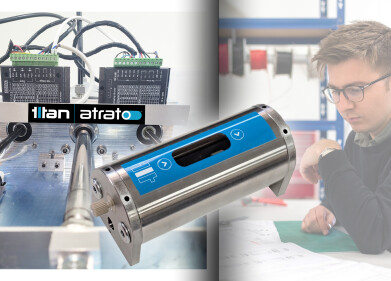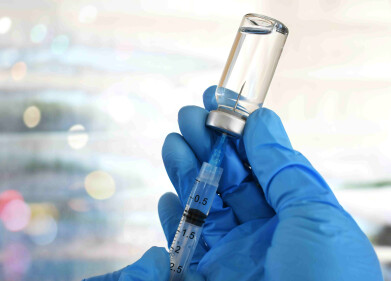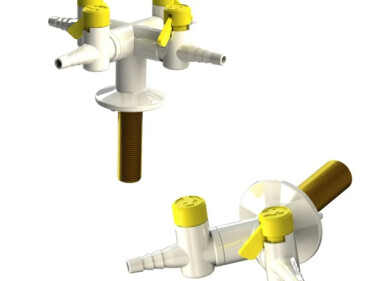Laboratory products
Advanced Technology Improves Airborne Pathogen Measurement
Mar 23 2015
Many traditional methods for detecting airborne sources of contamination rely on the deposition on these materials on to a surface. For example, surface swabs might be taken, or bioaerosol sampling might be undertaken with a sampler that relies on the impact of biological particles on to a solid growth medium. “These methods are unable to deliver an accurate measurement of airborne load,” said Air Monitors MD Jim Mills. “In contrast, the ‘Coriolis µ’ employs a wet-walled cyclone technology that improves bioaerosol sampling for bacteria, pollen, endotoxins, viruses and fungal spores.”
By passing sample air through liquid in a cyclone, the Coriolis µ is able to collect airborne particles in a liquid at a high flow rate (300 l/m) with validated efficiency. The liquid containing the particles can then be tested using one of a number of the latest rapid microbiological analysis methods.
The Coriolis µ offers advantages for sampling air with a high bioaerosol burden (which would saturate traditional solid media) because the liquid can be divided into multiple agar plates. However, this technology is also ideal for cleanroom applications in which air has a low burden, because the Coriolis µ can sample for an extended period.
Summarising, Jim Mills said: “This technology is ideal for a wide variety of applications including pharmaceutical manufacture, hospitals, surgeries, care homes, cruise ships, animal housing, composting and any other facilities in which airborne pathogens represent a risk.”
Digital Edition
Lab Asia Dec 2025
December 2025
Chromatography Articles- Cutting-edge sample preparation tools help laboratories to stay ahead of the curveMass Spectrometry & Spectroscopy Articles- Unlocking the complexity of metabolomics: Pushi...
View all digital editions
Events
Jan 21 2026 Tokyo, Japan
Jan 28 2026 Tokyo, Japan
Jan 29 2026 New Delhi, India
Feb 07 2026 Boston, MA, USA
Asia Pharma Expo/Asia Lab Expo
Feb 12 2026 Dhaka, Bangladesh



















